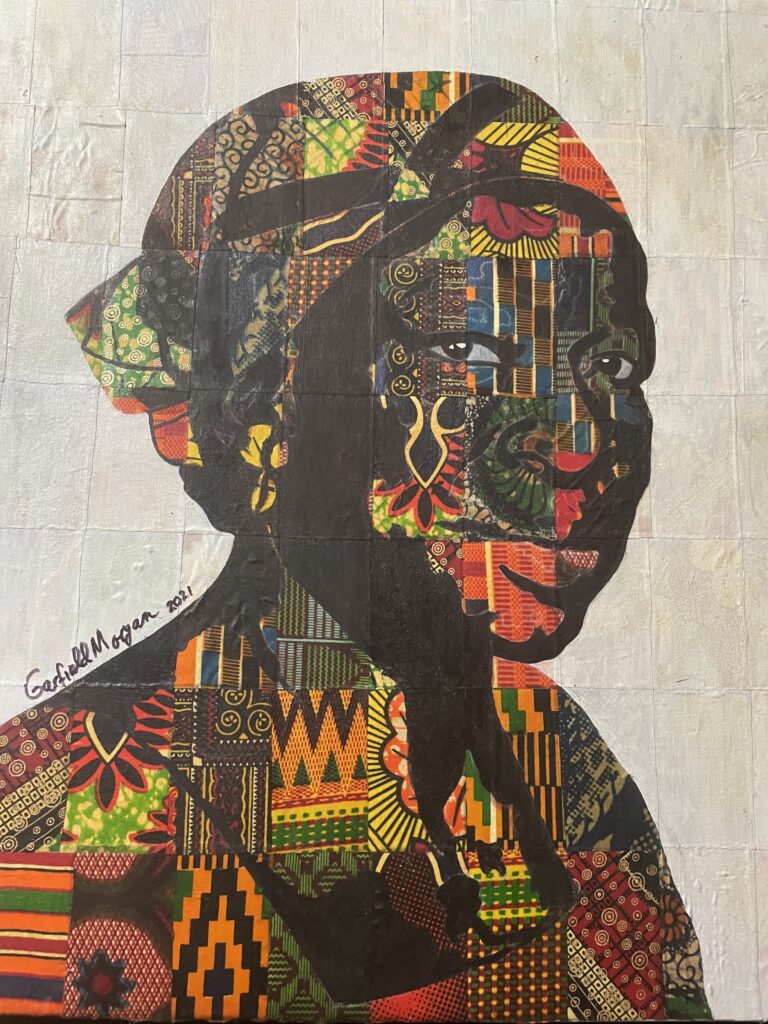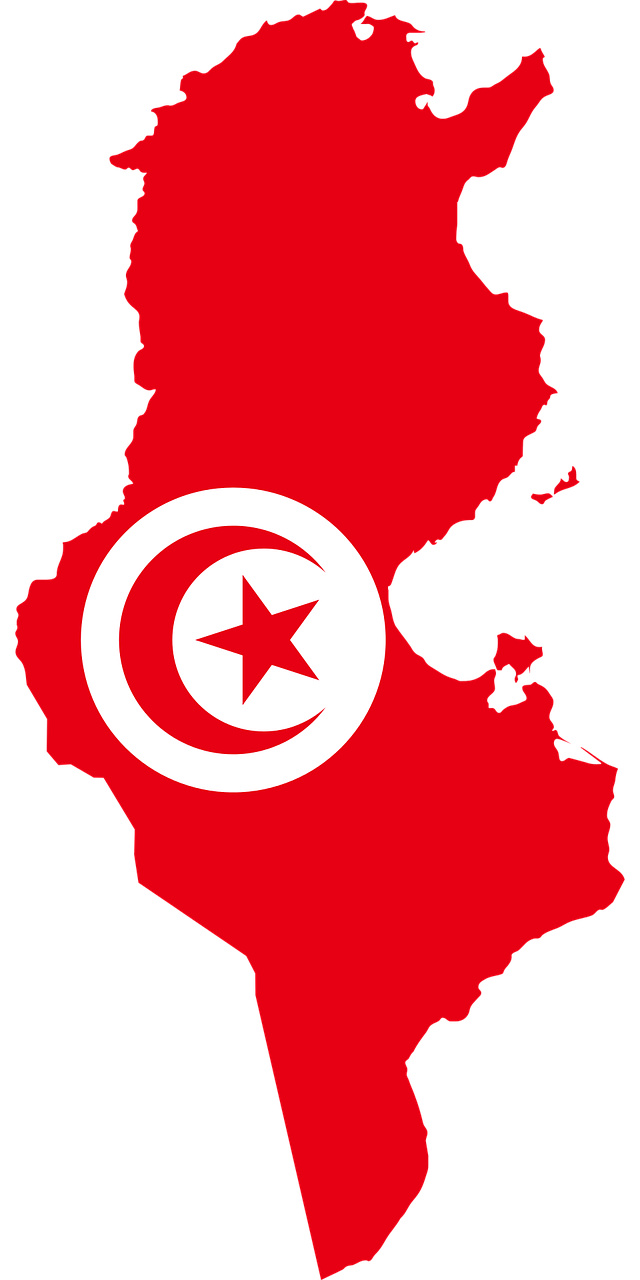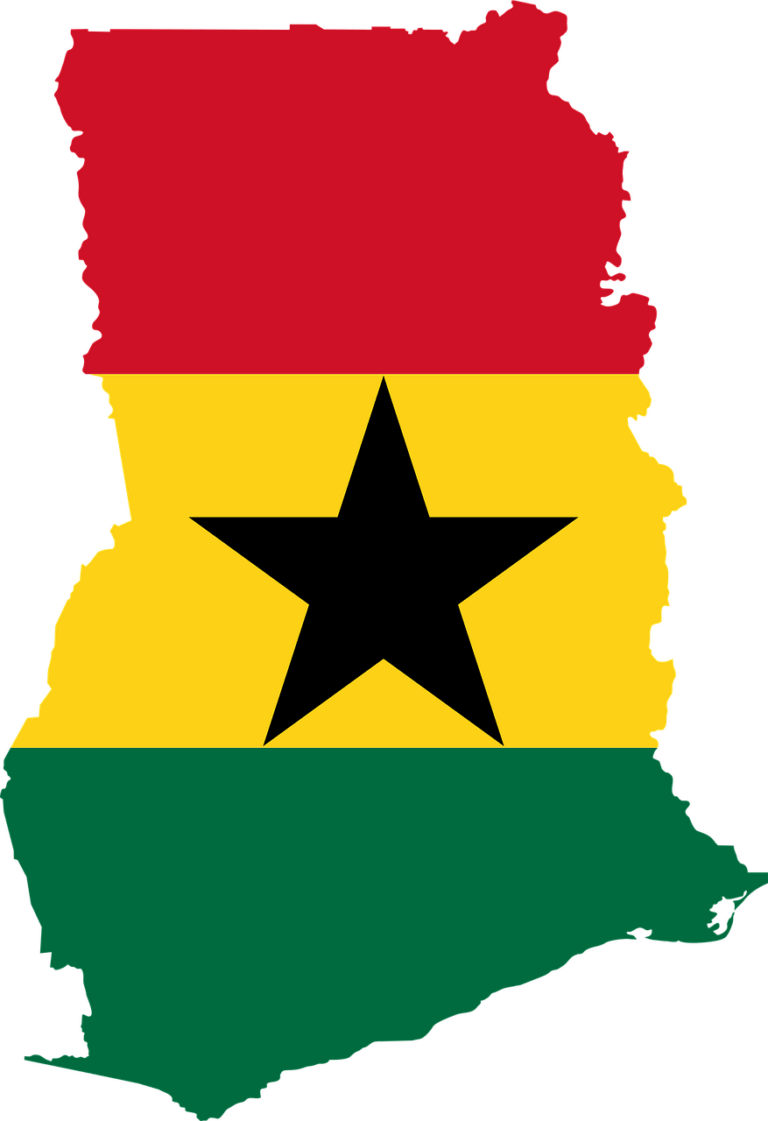Environmental realities and policies in Burkina Faso

Burkina Faso, surrounded by six countries, is a landlocked country with a land mass of 274,300 square kilometers. It is linked to the Gulf of Guinea by the Volta River. More than half of Burkina Faso’s landmass relies on the Volta for water. Like many countries across the world, Burkina is currently facing serious environmental crisis. The government, in collaboration with international organizations, is initiating policies and strategies to combat environmental decline.
Threats to the environment
Burkina is a Sahelian country with two distinct seasons in a year: a dry season and a rainy season. Based on the rain pattern, one finds three main climates. A Sahelian (semi-arid) part stretching from the north to the central part, covering almost 25 per cent of the country. The rainy season in this region lasts barely two months in a year with rainfall of between 300 and 600 millimeters. The semi-Sahelian or Soudano-Sahelian, lies below the Sahelian zone, covering about 50 per cent of the territory. The rainfall is between 600 and 900 millimeters, with a rainy season that lasts three to four months. The third zone is greener and is called zone soudanienne. It lies below the central zone, occupies the South western part. It is the greenest part, with more rains, 900 to 1,200 millimeters, for four to six months in a year.
The main economic activity is agriculture and its related industries. An estimated 4.6 million people are engaged in the agricultural sector. Climate change is manifested by drastic changes in the rainfall patterns which affects agriculture. The north experiences longer droughts and the south struggles with flooding. Pollution is becoming more and more acute. In urban areas more carbon dioxide is emitted by cars, motorbikes and factories. Rural areas are not spared as deforestation is a sad reality. Many rural people depend on firewood for cooking. Hunters and farmers burn forests. Tree logging is a major cause of deforestation. Without a commensurate replacement, through tree planting, forests are fast disappearing.
The environmental crisis can be traced to the 1970s when temperatures reached an unprecedented high of 47.2 degrees Celsius. Dry seasons became longer, rivers had less water, the level of the water table went down, the Sahara encroached on more areas that used to be green. Wild winds and tornadoes became more frequent uprooting trees, tearing off roofs and blowing down houses. Less rainfall means less food production, more hunger, and the migration of people from the north to the center which is much greener. Land erosion increased, with arable soils losing fertility due to soil erosion. With an average annual population growth of 2.8 per cent more pressure is exerted on scarce environmental resources.

Wild life is an attractive part of biodiversity in Burkina. The W-Arly-Pendjari Park is a tourist magnet where they can watch elephants and lions, among other species. Several government-protected reserves exist on verdant hilly terrain. Unfortunately, those parks have been a hideout of late, for the armed Jihadists. Biodiversity is under serious threat in Burkina.
Measures and recommendations
Scientists have made several recommendations to the government to curb the problem. Among the recommendations are: the inclusion of climate change and its effect into key policies of the government; capacity training for scientist; and frequent public sensitization on sustainable use of natural resources. Efforts have also been made towards the achievement of sustainable development. Some measures are the creation of the Cadre Stratégique de Lutte contre la Pauvréte (CSLP) [Strategic Organization for the Eradication of Poverty] and the Stratégie de Développement Rural (SDR) [Policy for Rural Development]. These two national institutions are responsible for identifying the challenges and formulating efficient strategies for the implementation of the recommendations of the sustainable development goals. Burkina Faso partners with a number of international organizations for environmental protection. It is a signatory to the New Partnership for Development in Africa (NEPAD) whose goals include the eradication of poverty and solid economic growth in Africa. The country also partners with the European Union project called PONASI, which aims at restoring degraded landscapes, and increasing the resilience of riparian communities. However, these grand objectives can only be achieved if the environment is given the priority it deserves.
Between 1984 and 1985, very efficient policies were adopted, when les trois luttes (policy of the three combats) was put in place to prevent bush burning, tree logging and to avoid indiscriminate grazing and maintain grazing reserves. The Great Green Wall was also introduced, around that time, to build a wall of forest across the Sahel. Renewable energy is being introduced through many projects like the German-funded programme, WASCAL, that trains young scholars in environmental protection, and the production of green energy. These initiatives are laudable but there is still much to do, especially in terms of policy implementation.
Moussa Traoré is a Senior Lecturer at the Department of English of the University of Cape Coast, Ghana.






